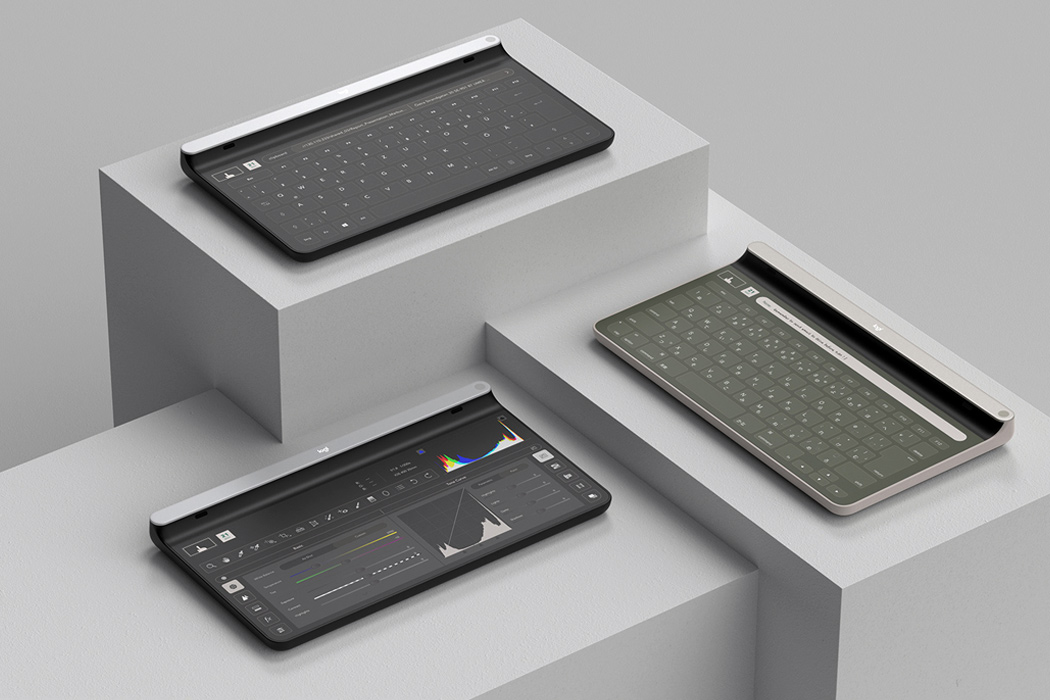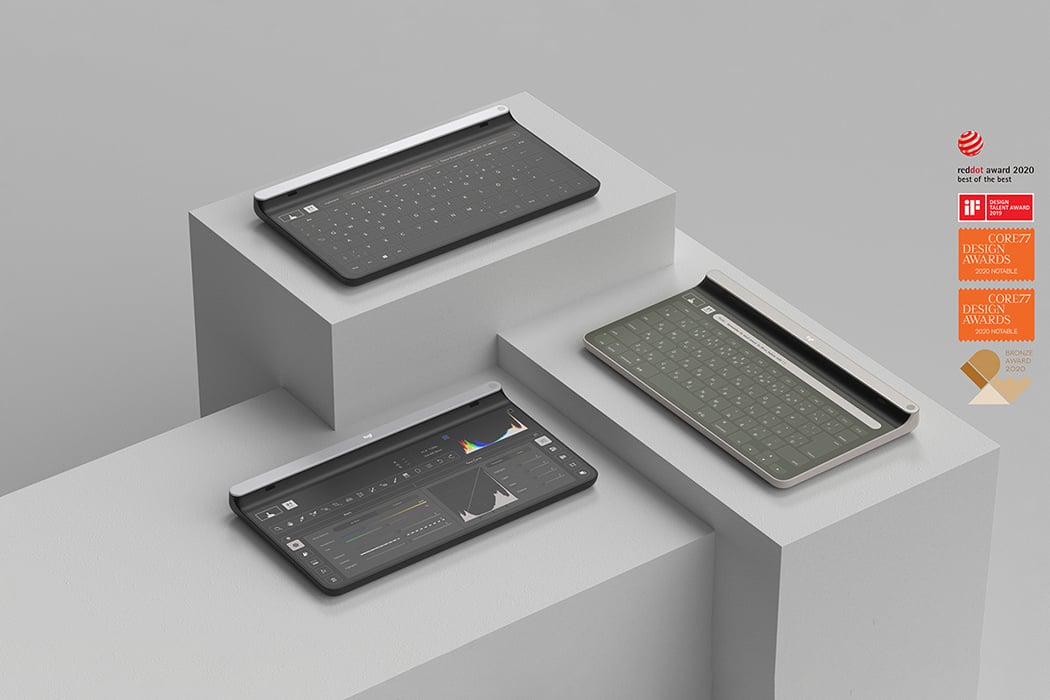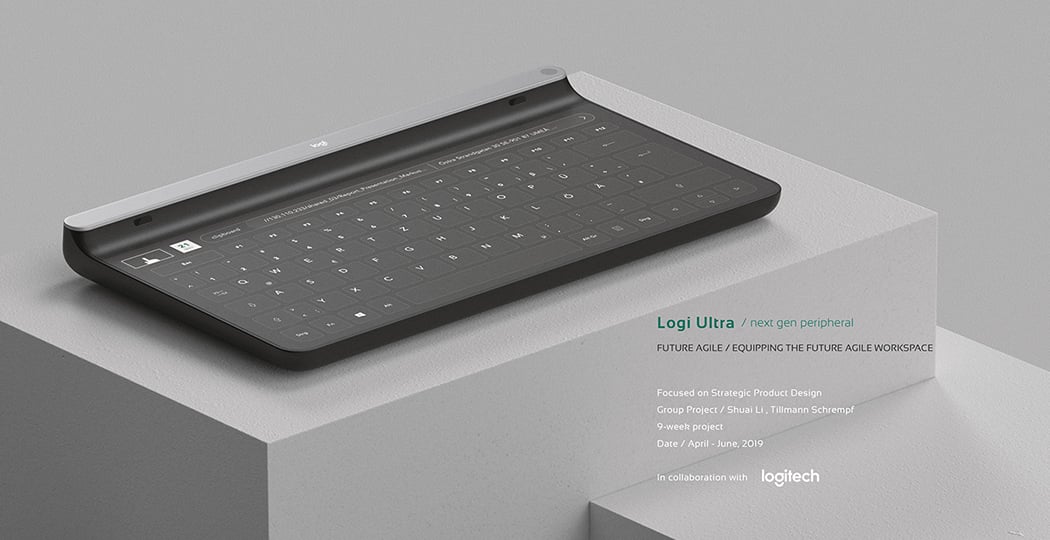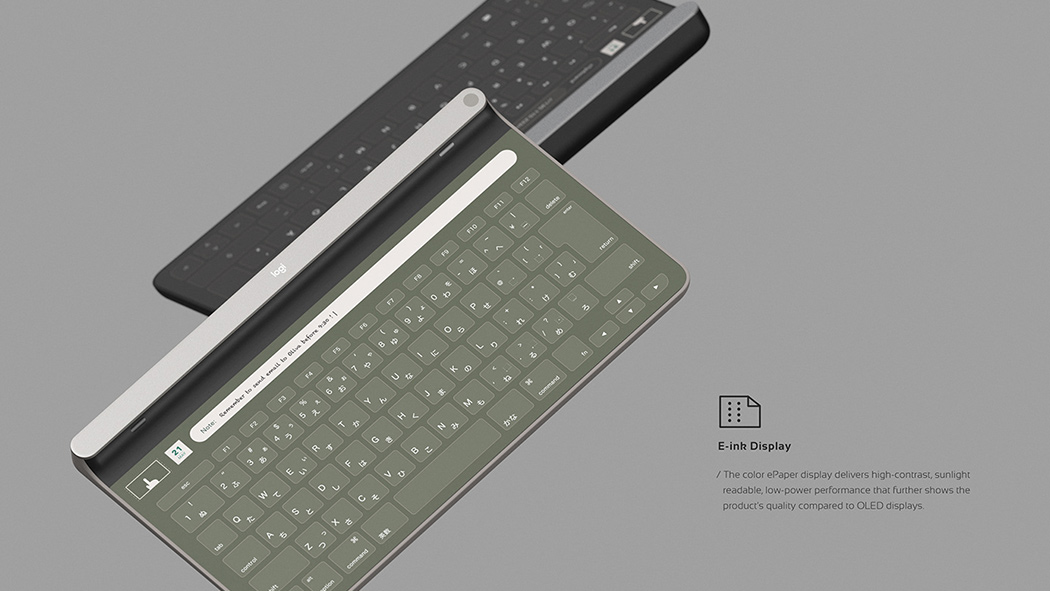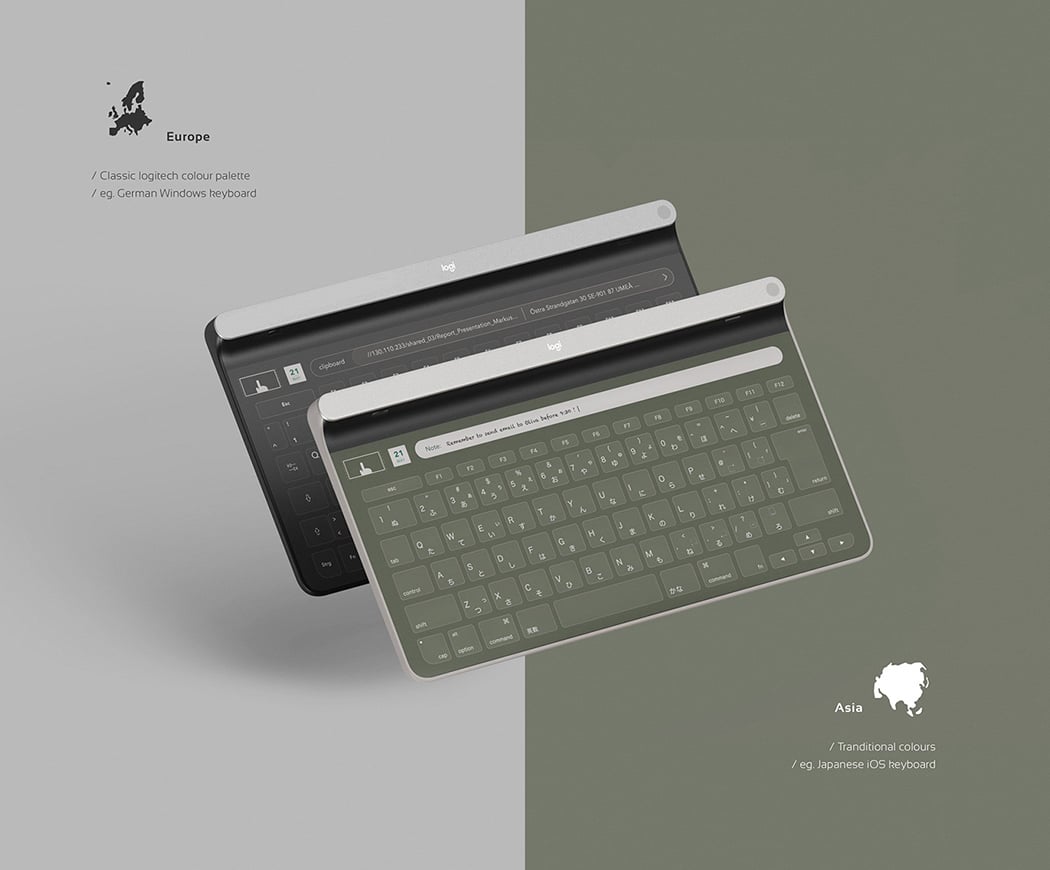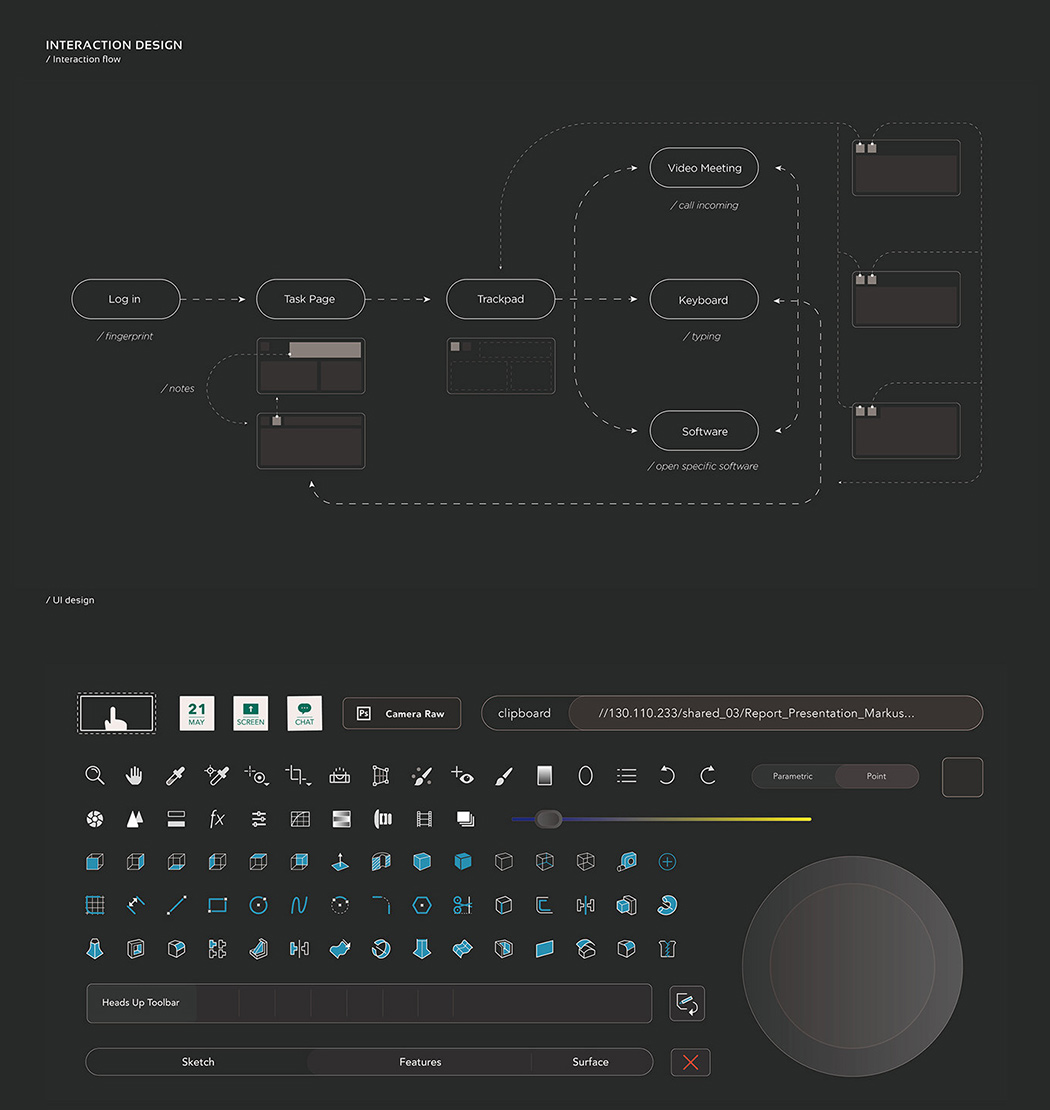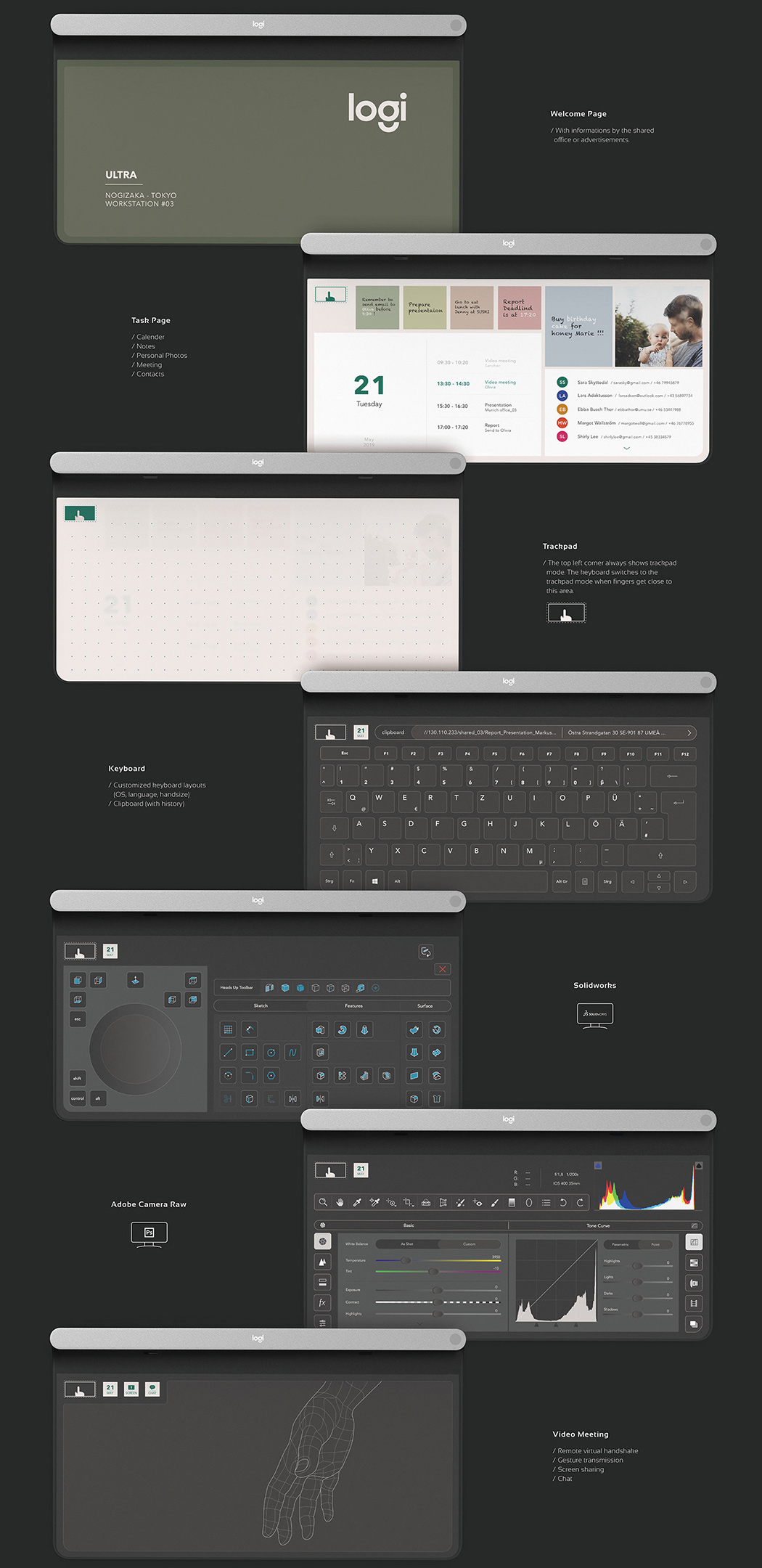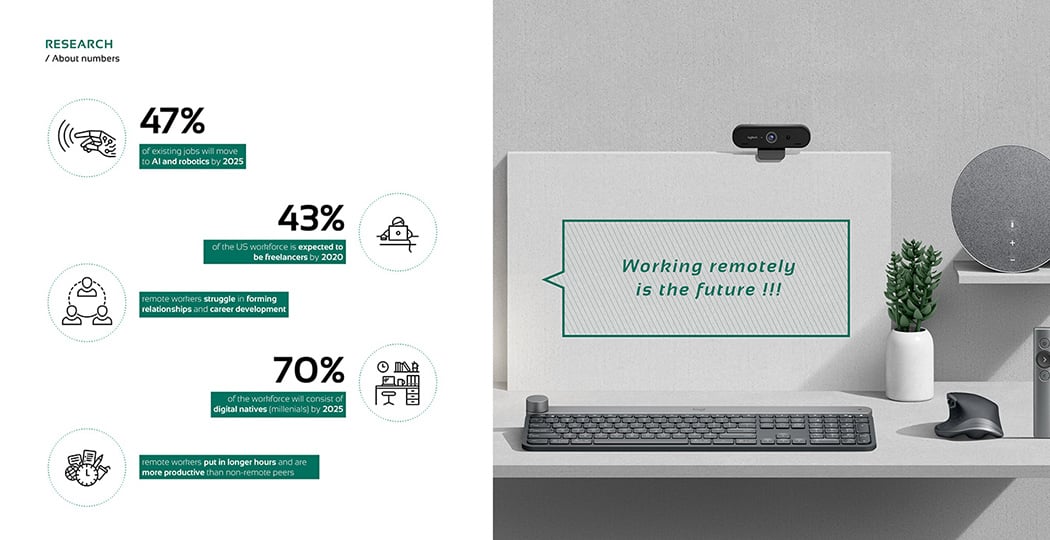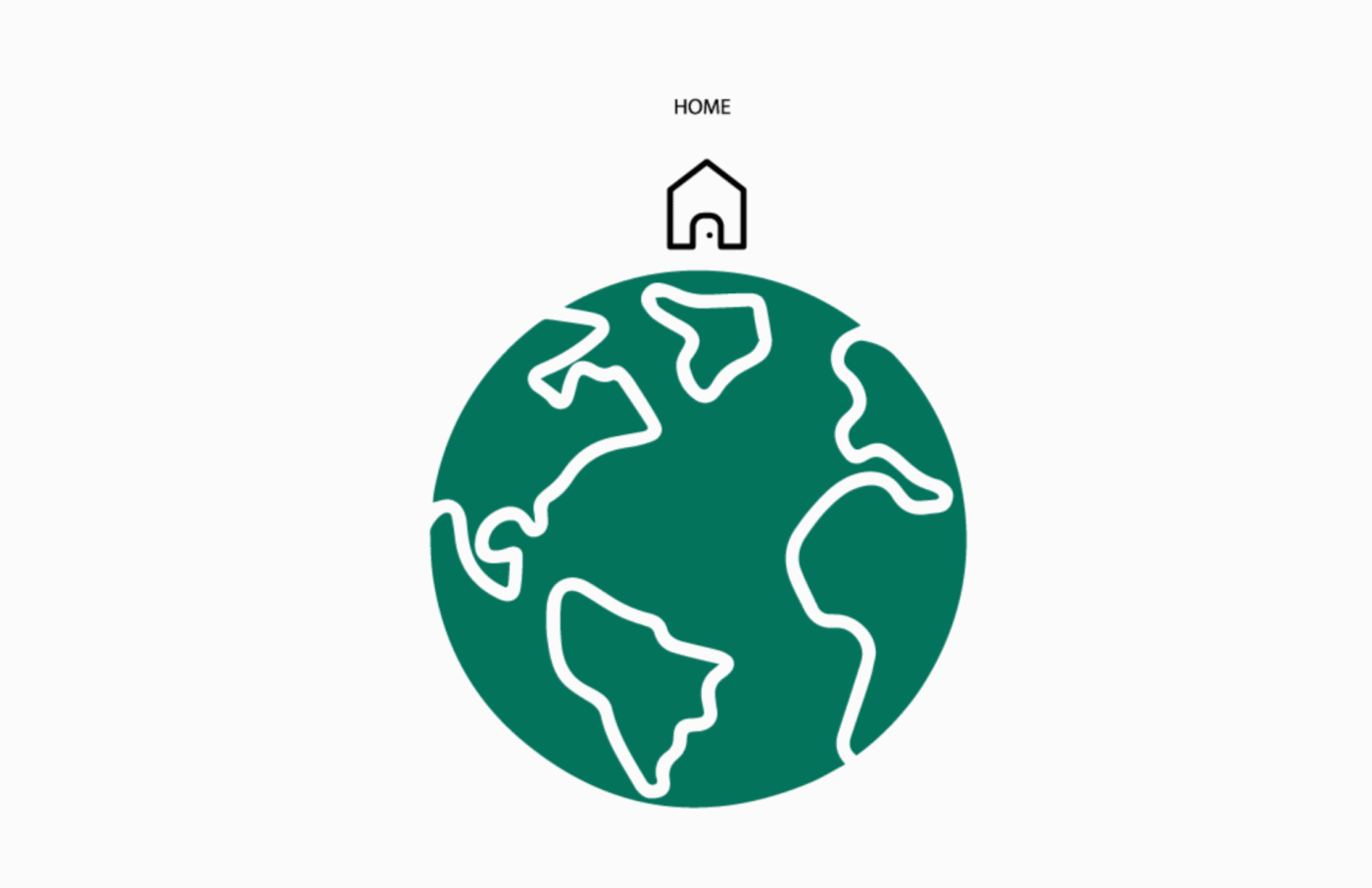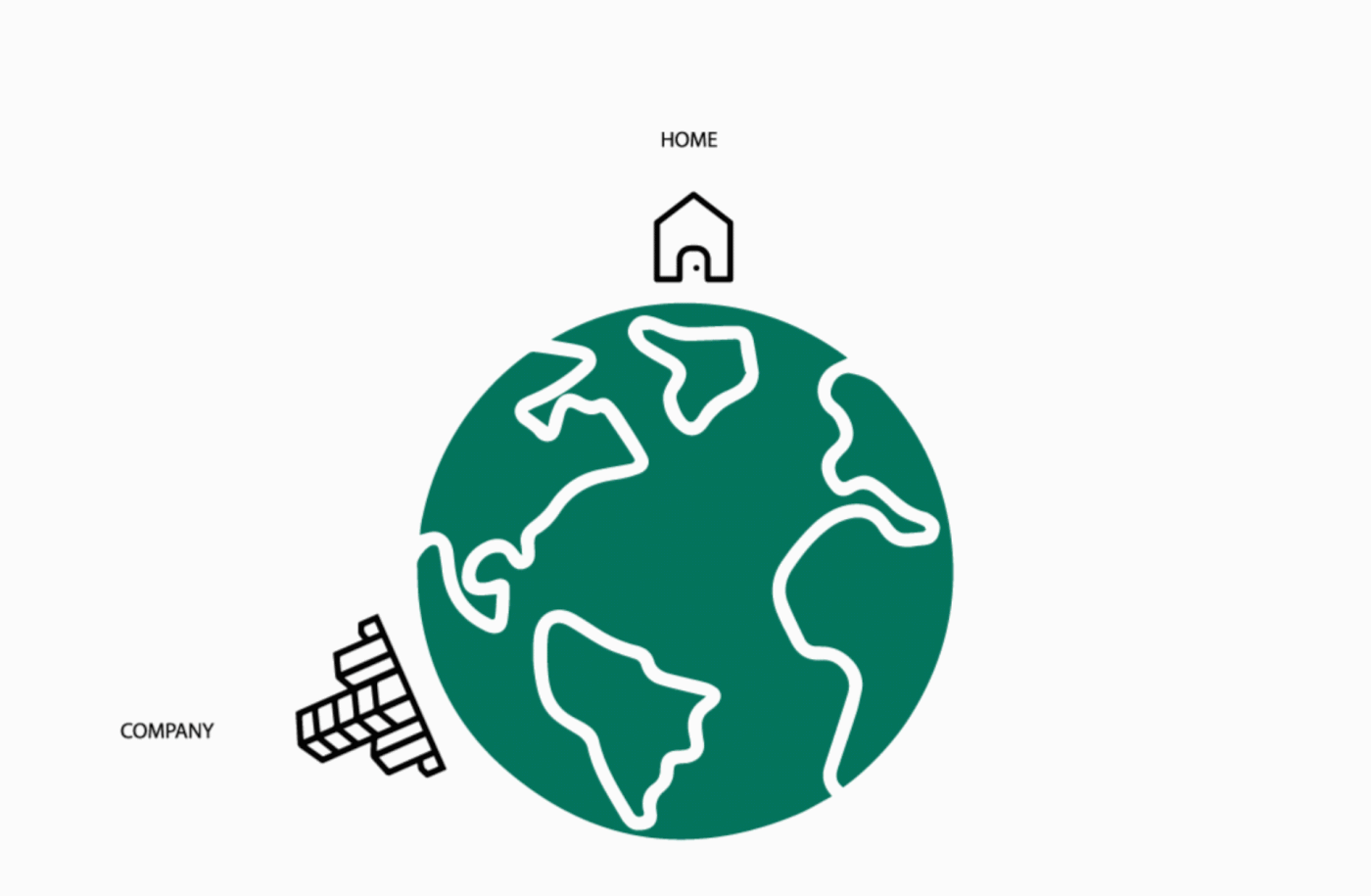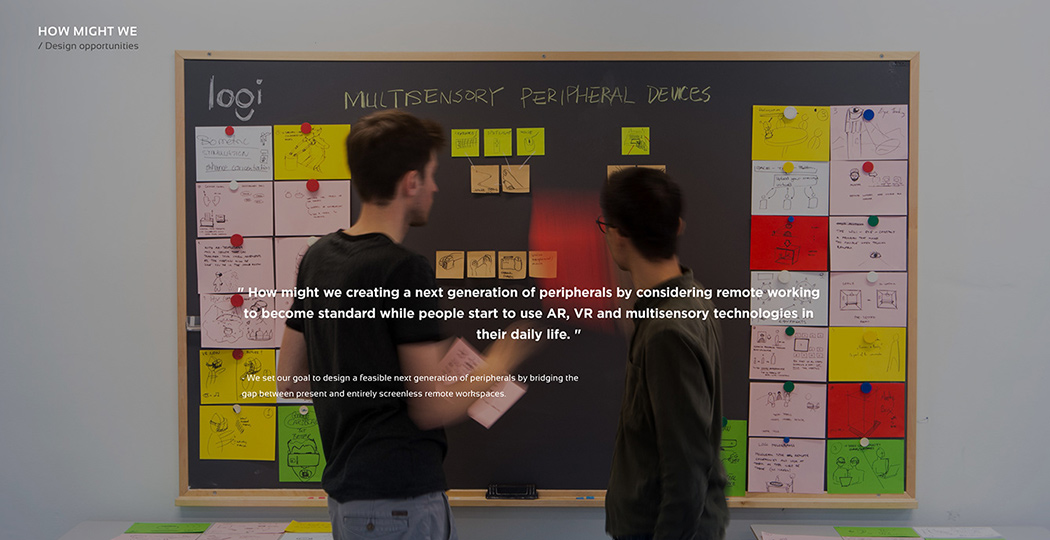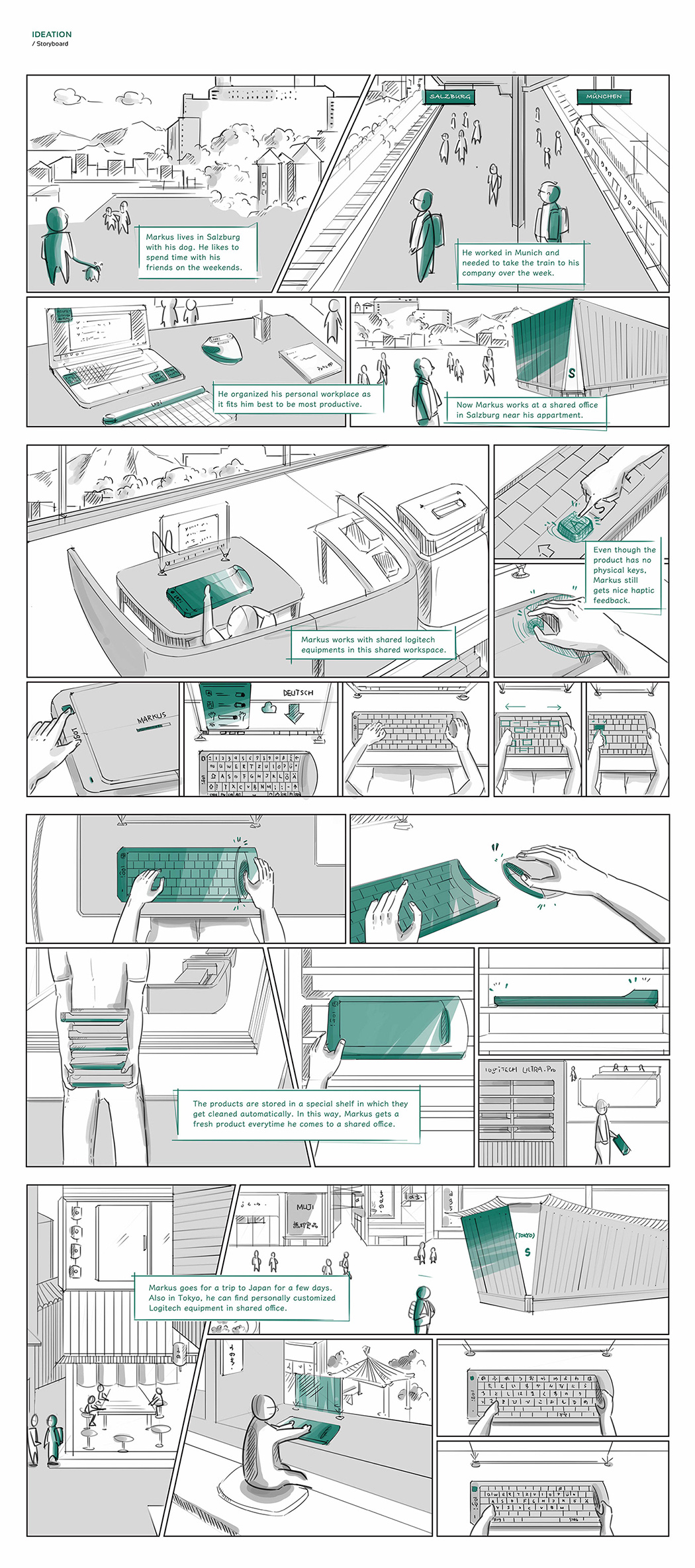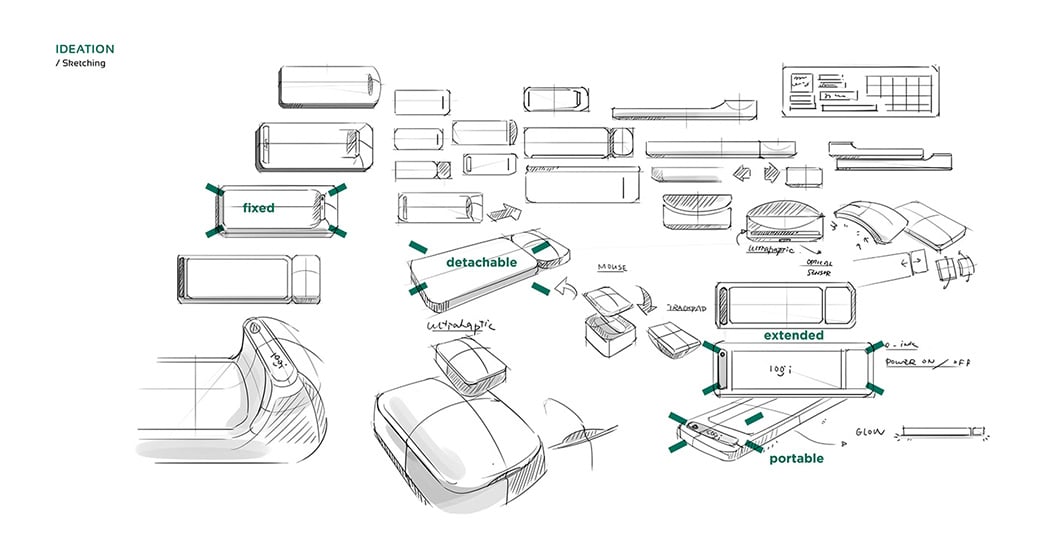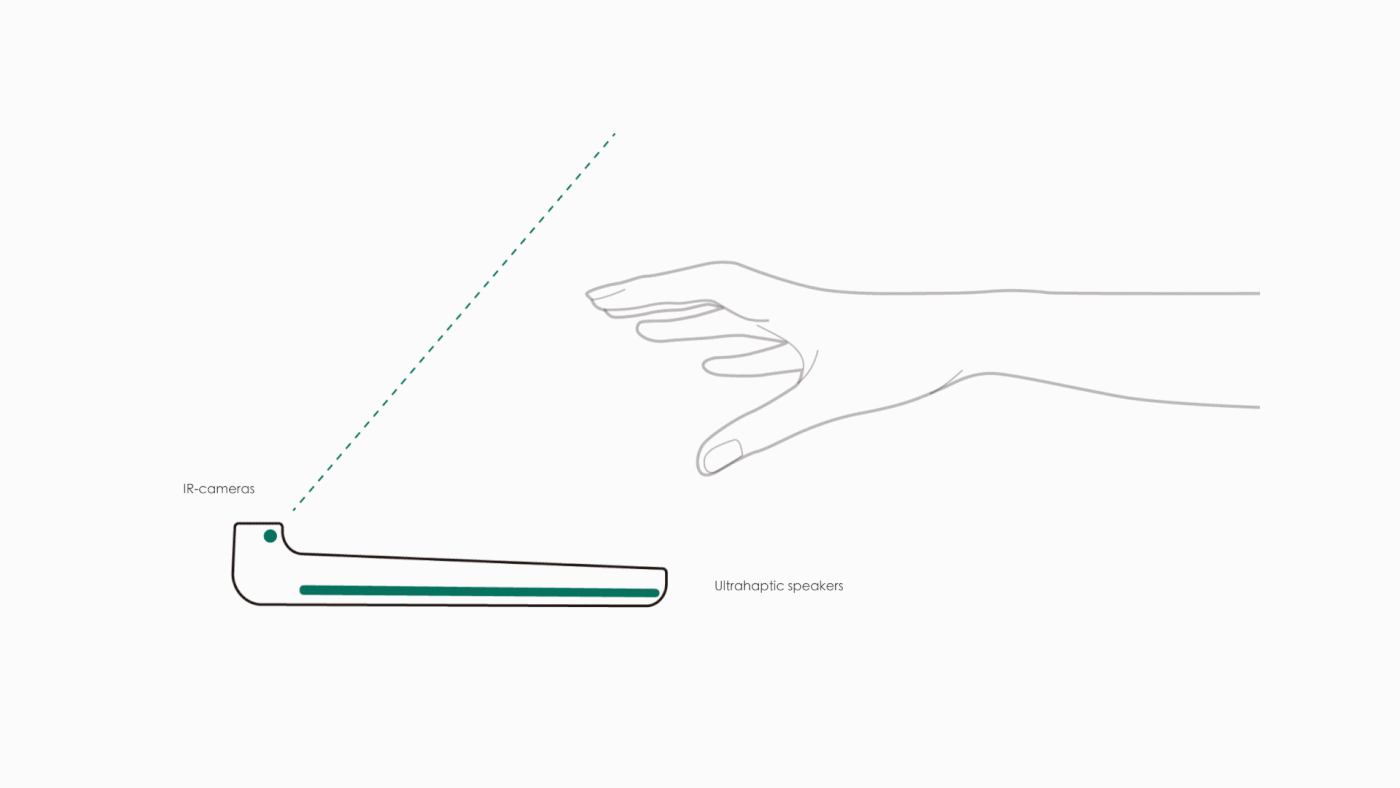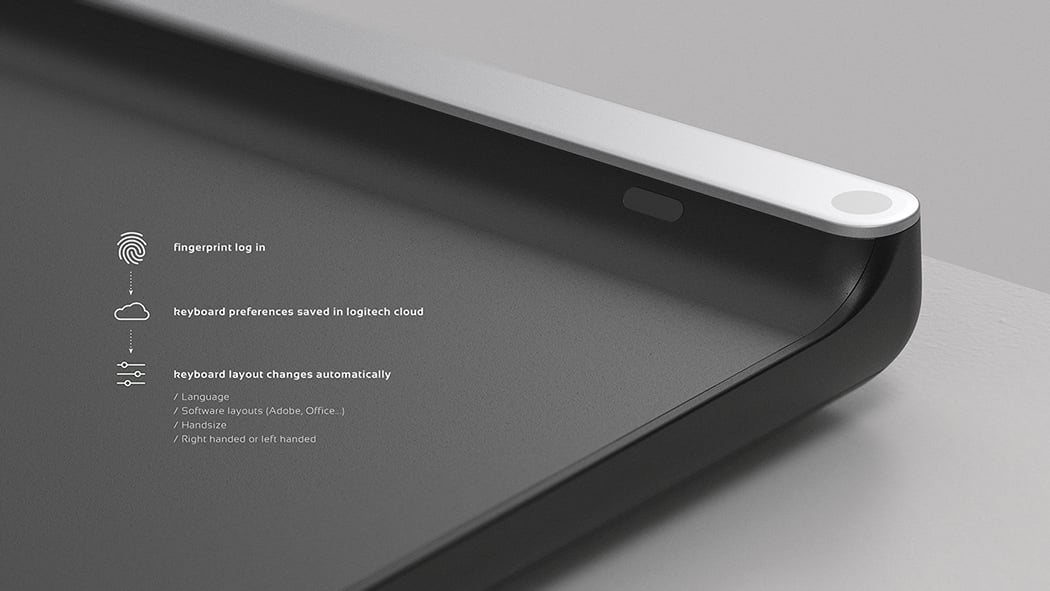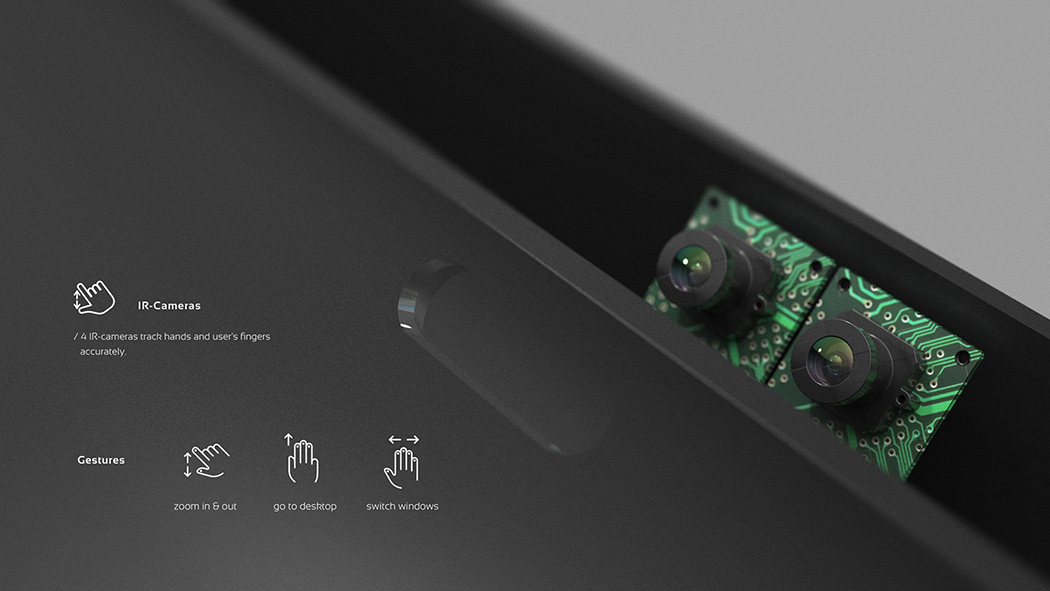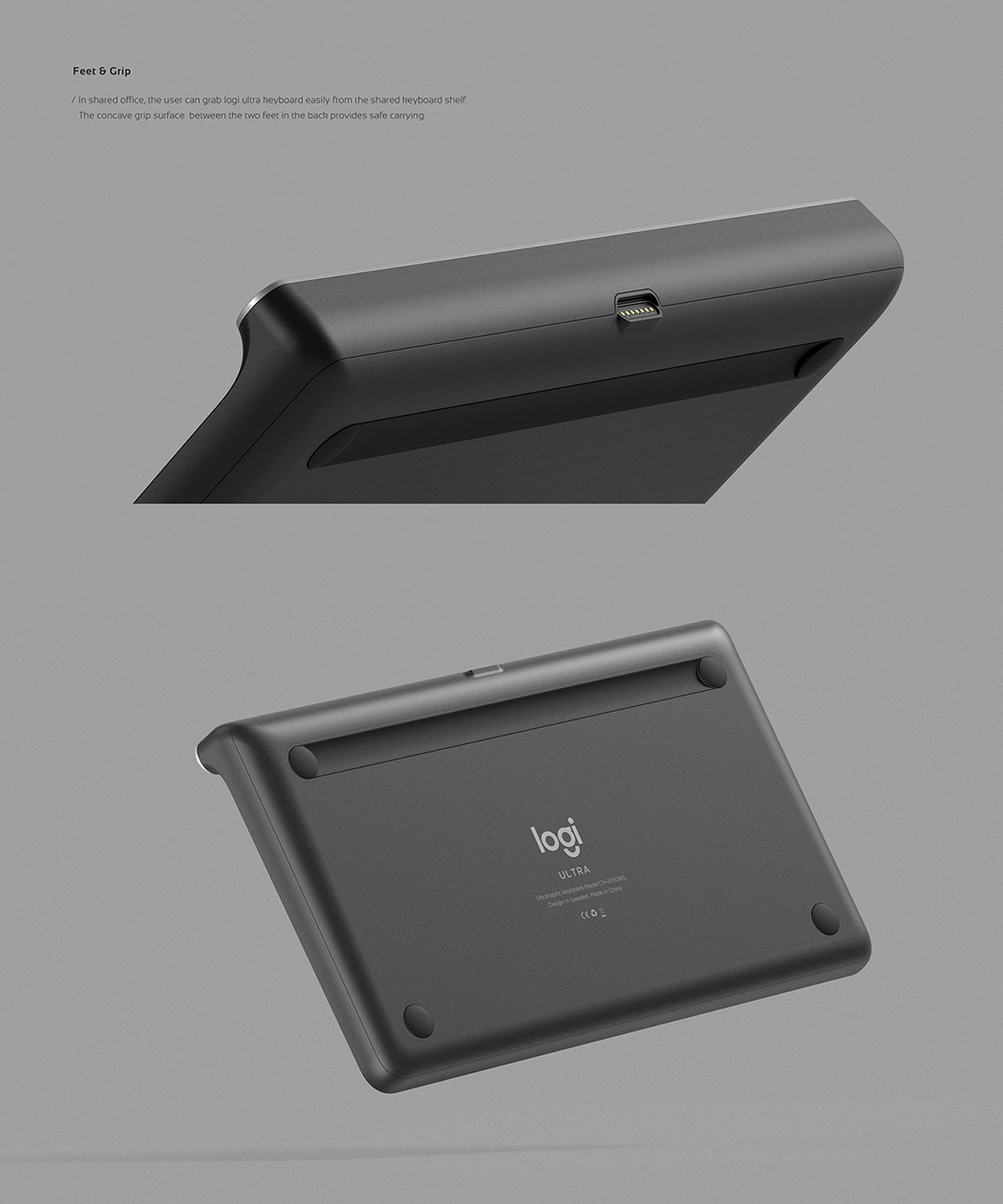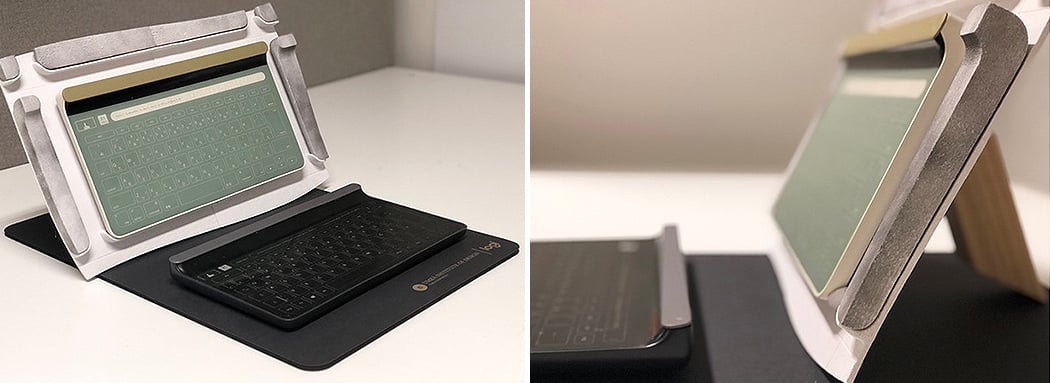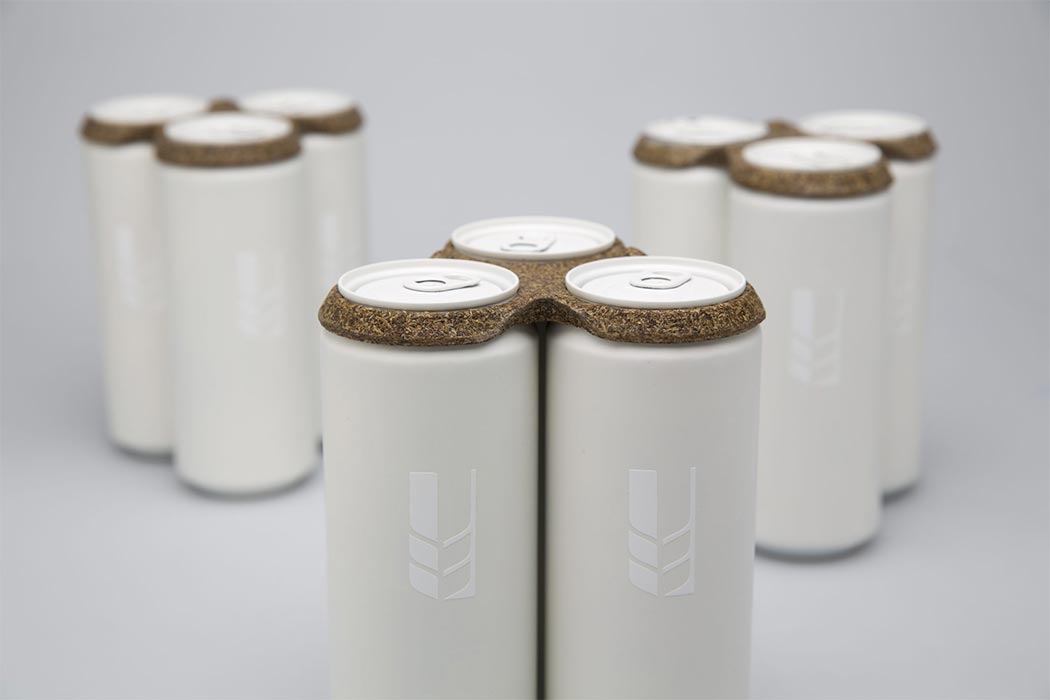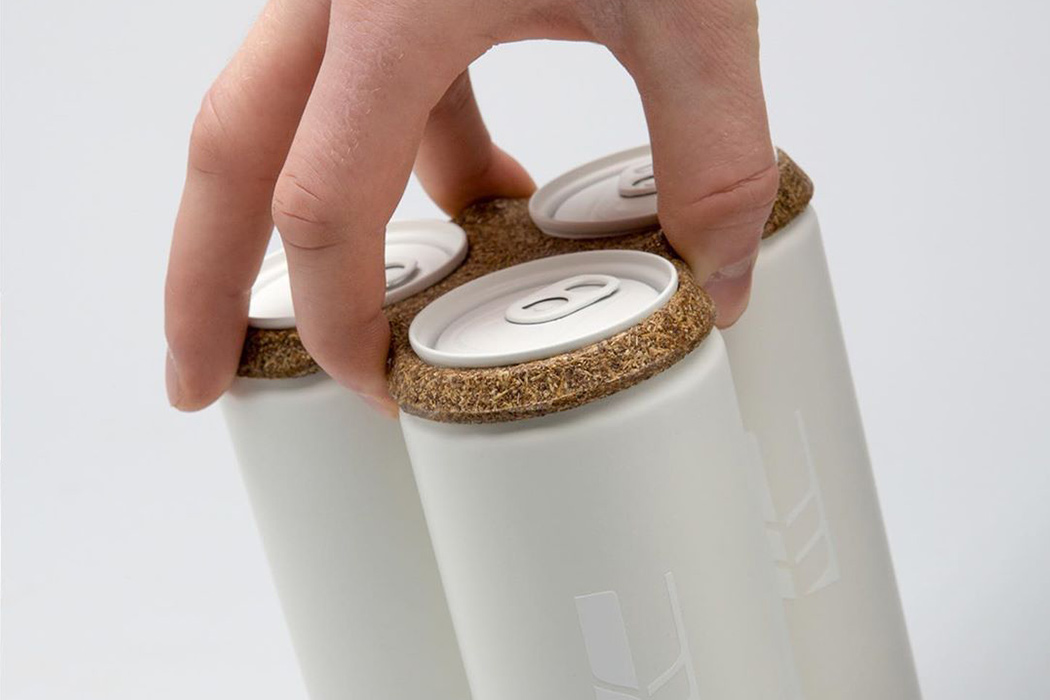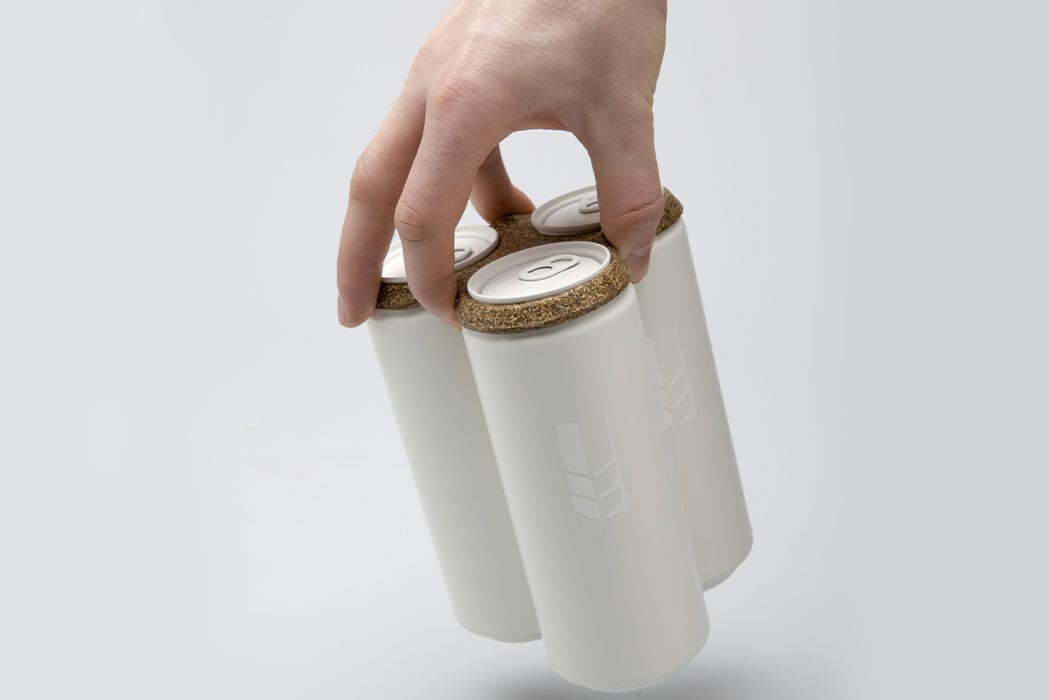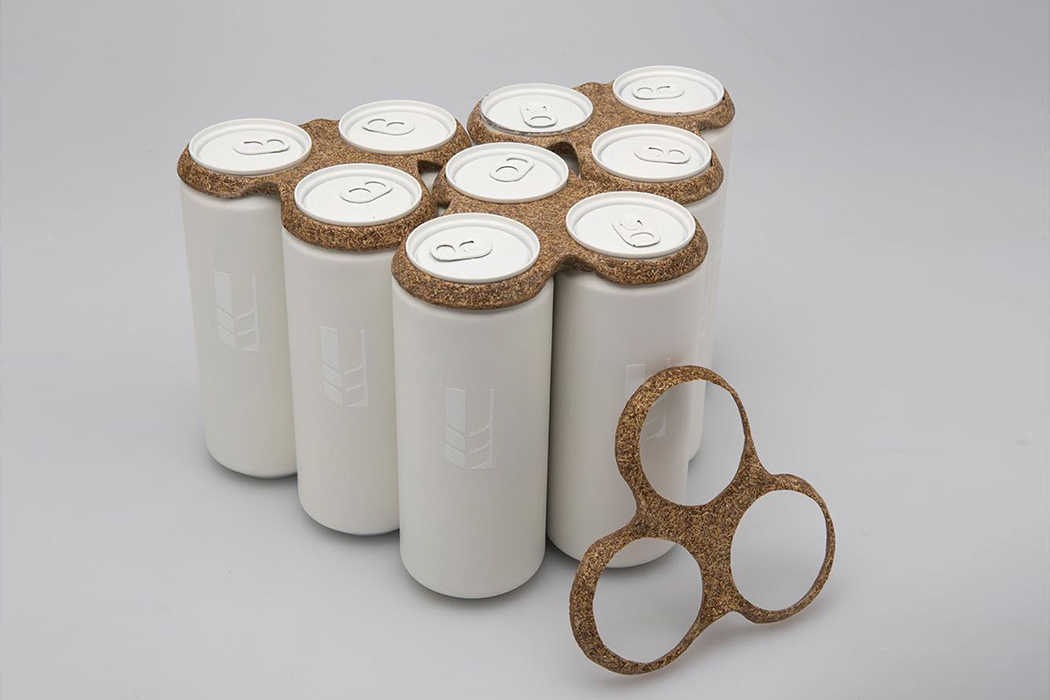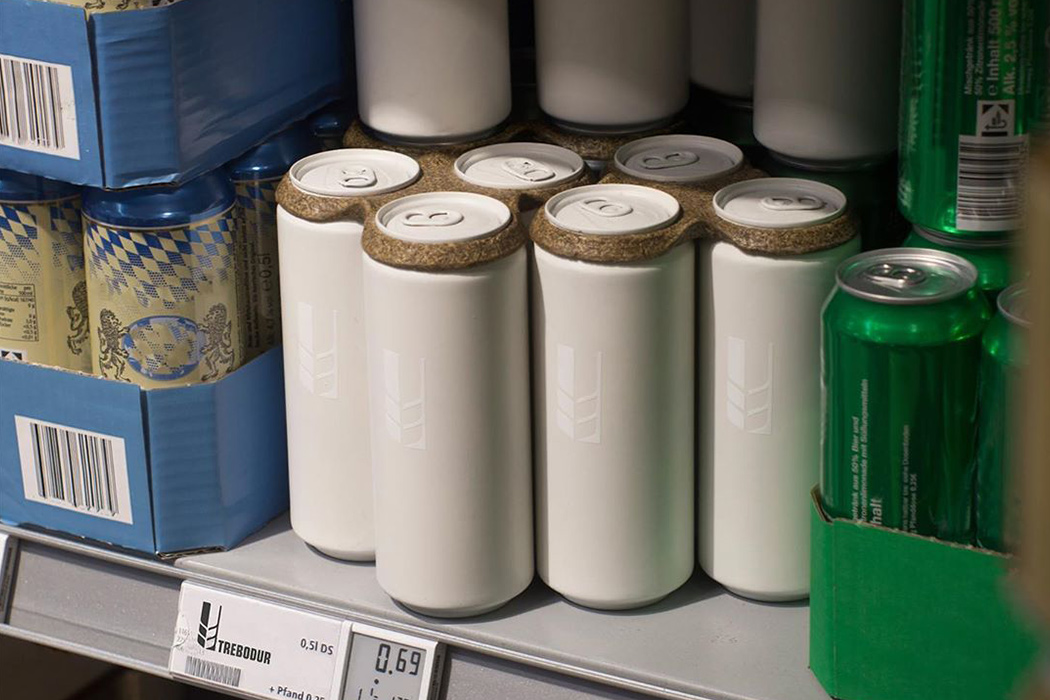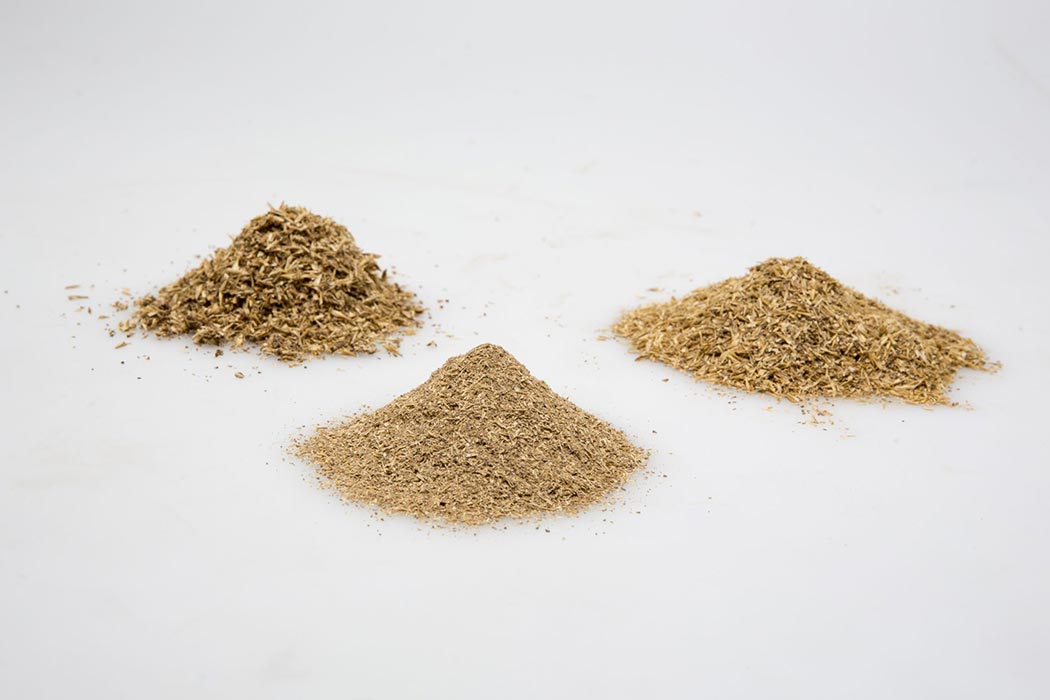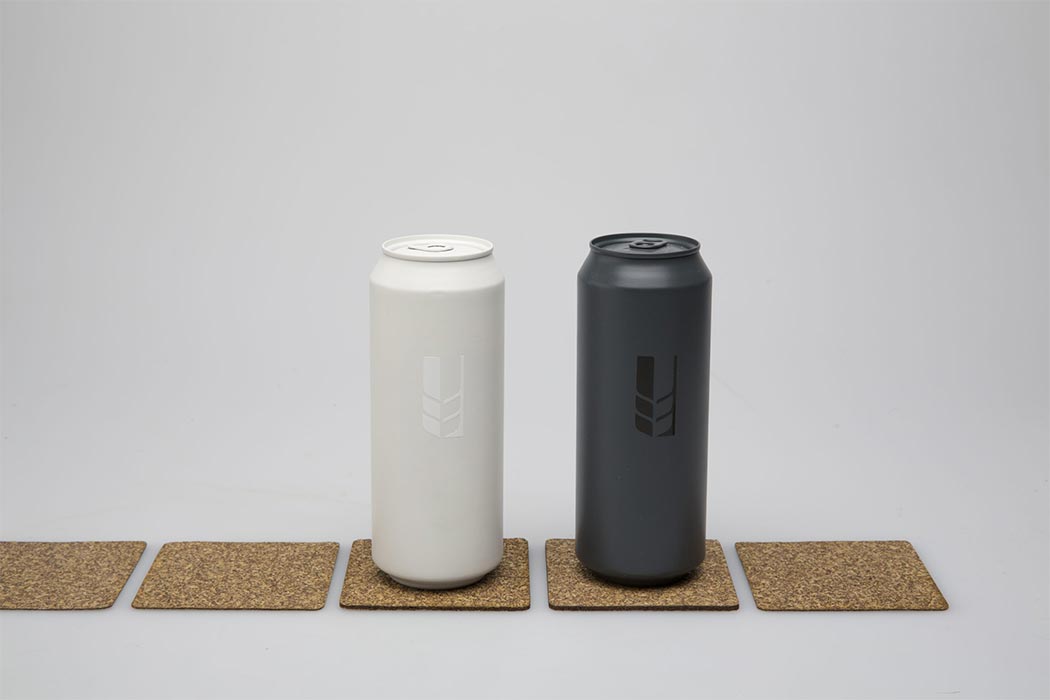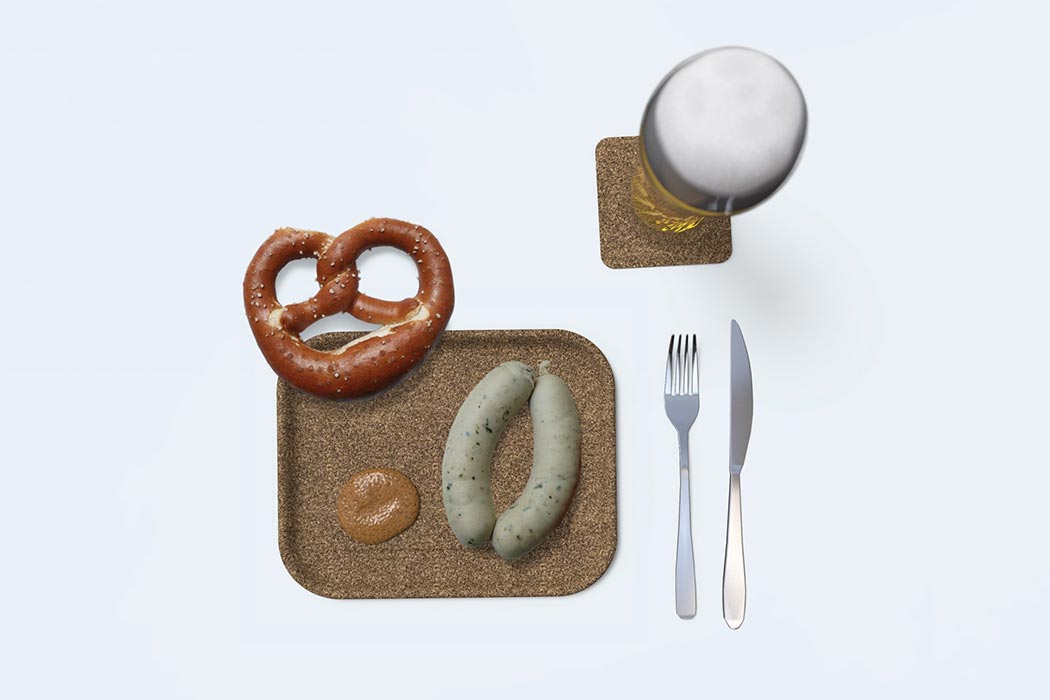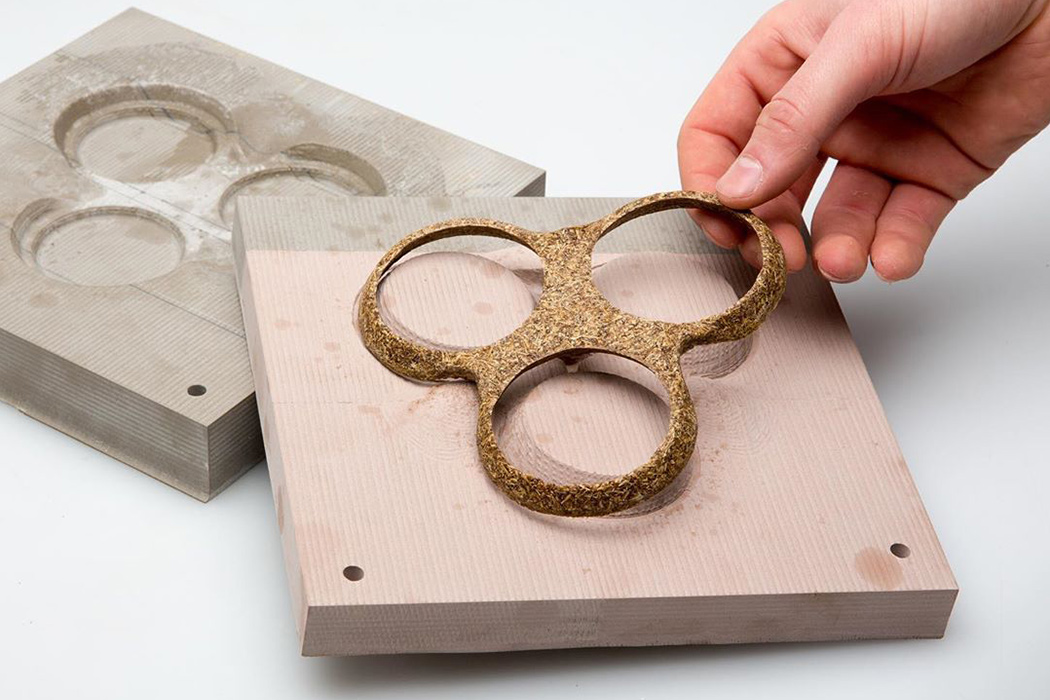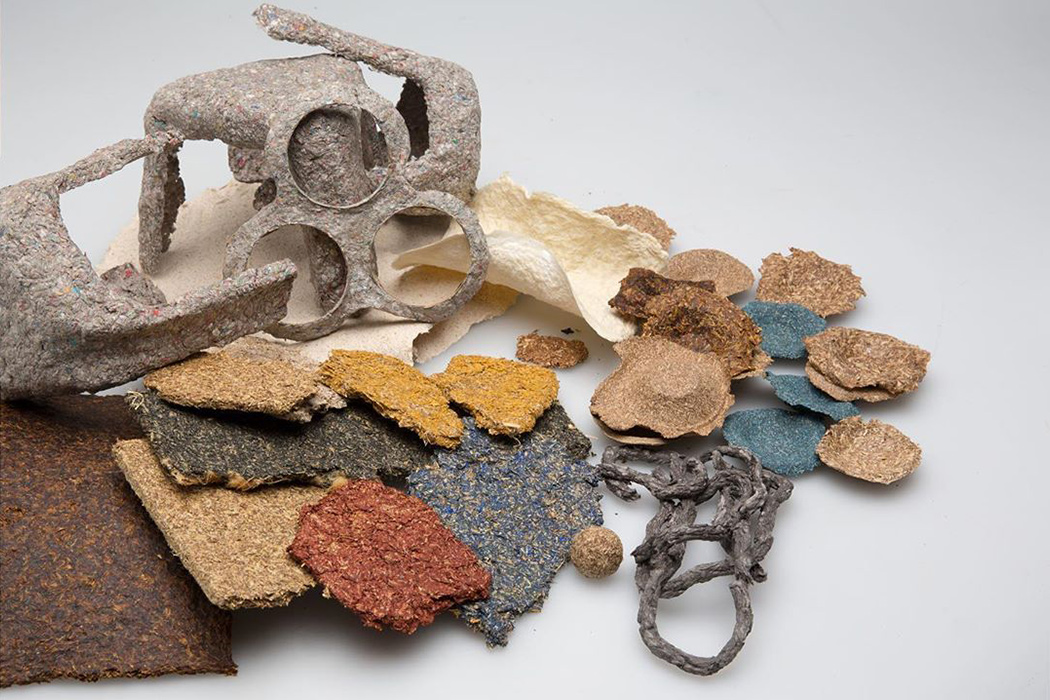As a freelance writer, I’ve had to work in a multitude of spaces: coffee shops, airport waiting areas, subway cars, and more. It’s difficult to find a truly travel-friendly device. Most laptops, even ultra-slim ones, still take up a lot of space in the average backpack. Other smaller touch-screen devices, like iPads, are lighter and more travel-friendly, but the lack of a keyboard is a deal-breaker for a freelance writer.
The Logitech Ultra combines the best of both worlds. At first glance, the device looks like a touch-screen product, which allows you to swipe between windows, including a calendar/to-do list, a virtual meeting room, or various keyboard interfaces. The screen has IR-Cameras built-in, which tracks users’ finger gestures across the surface. This finger-tracking ability is similar to the controls on a smartphone or tablet. Underneath the touch screen lies a bed of small press-able points that give you the haptic feedback of a keyboard without the limitations of a specific keyboard arrangement. Basically, any point on the tablet’s surface can function as a key.
Interestingly enough, the Logitech Ultra was imagined as a communal device, something that could be available for rent at a shared office space. Workshare spaces could offer these devices as a unique amenity; they would also be easy to store in bulk since they are so thin. More importantly, the Logitech could be the mobile-friendly device that replaces the need for iPads. They have the functionality of a PC and the mobility of a tablet. Unlike travel-friendly smart devices, like mini-keyboards, or iPads, the Logitech Ultra doesn’t require you to sacrifice functionality for space. You can have all of it.
Designers: Tillmann Schrempf and Shuai Li
